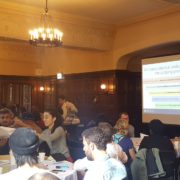
Open data can be a powerful tool for community advocates working to solve local problems. There are a lot of... View Article
Continue readingWhat city planning taught me about open data
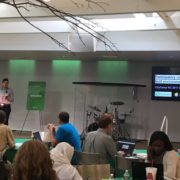
Every day I work with cities to make government data more open and available to the public. I am not a data scientist or analyst, though – I'm a city planner. This is how my background in making cities better has helped my thinking about participatory urbanism and approach to opening data.
Continue readingA new newsletter about the intersection of cities and open data

Understanding how to use open data to meaningfully empower communities and tackle urban problems is not easy. Sunlight’s Open Cities team is dedicated to taking on this challenge. We’re launching a new newsletter to share the work we are doing to explore these questions alongside city halls throughout the county.
Continue readingKicking off new open cities work in Baton Rouge, Cary, and Winston-Salem

Five new cities joined the What Works Cities project this week. We’re excited to start our work with three of them.
Continue readingWebinar: Increasing open data’s social impact with tactical data engagement
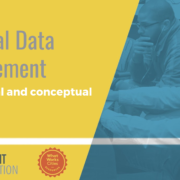
On September 19, we released the official first edition of A Guide to Tactical Data Engagement, our new resource designed to help city leaders and residents collaborate on increasing the social impact of open government data. As part of the kickoff, we hosted an online conversation all about the new guide. A recording of the webinar is now available.
Continue readingThe evolution of our approach to Tactical Data Engagement
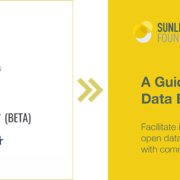
Our new guide builds on a strong foundation of ideas as well as feedback from city staff and community partners across the country. That community and their feedback helped shape this new edition.
Continue readingIntroducing “A Guide to Tactical Data Engagement”
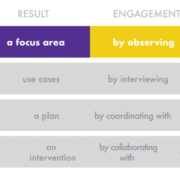
Our new four-step process to put open government data into use.
Continue readingOn PARK(ing) Day, five things open data advocates can learn from tactical urbanism

Two processes that emphasize observing a community’s needs, experimenting with low-cost ways to meet those needs together with members of the community, and iterating based on feedback.
Continue readingDoes your city rely on federal data? We want to know about it.
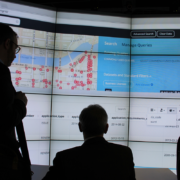
Are you a city employee? Take a short survey to tell us what federal datasets you rely on most.
Continue readingWho’s at the popular table? Our analysis found which open data the public likes.

We compared open data from 141 cities and states to figure out what information sets residents want most. Here’s what we found.
Continue reading
